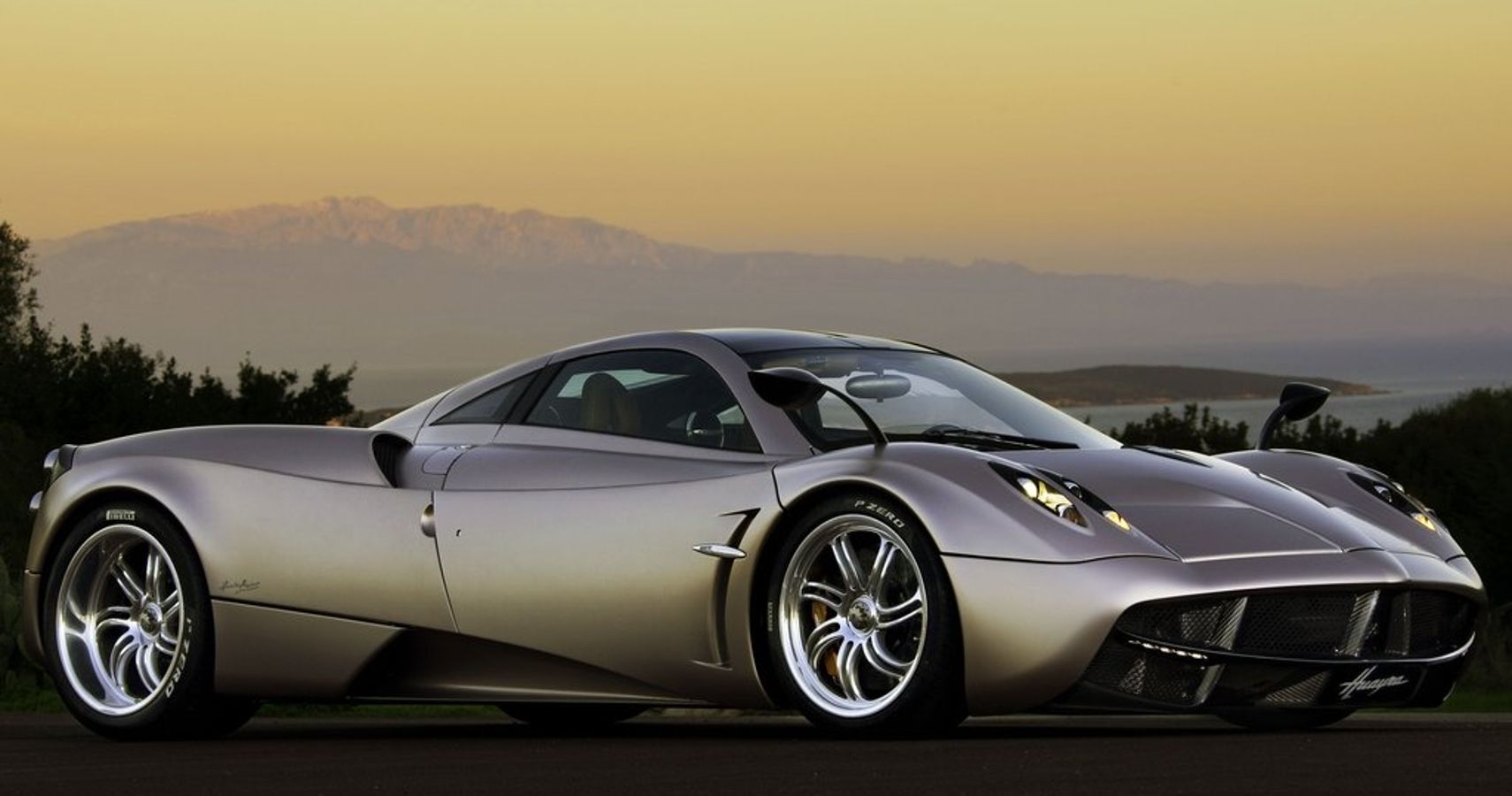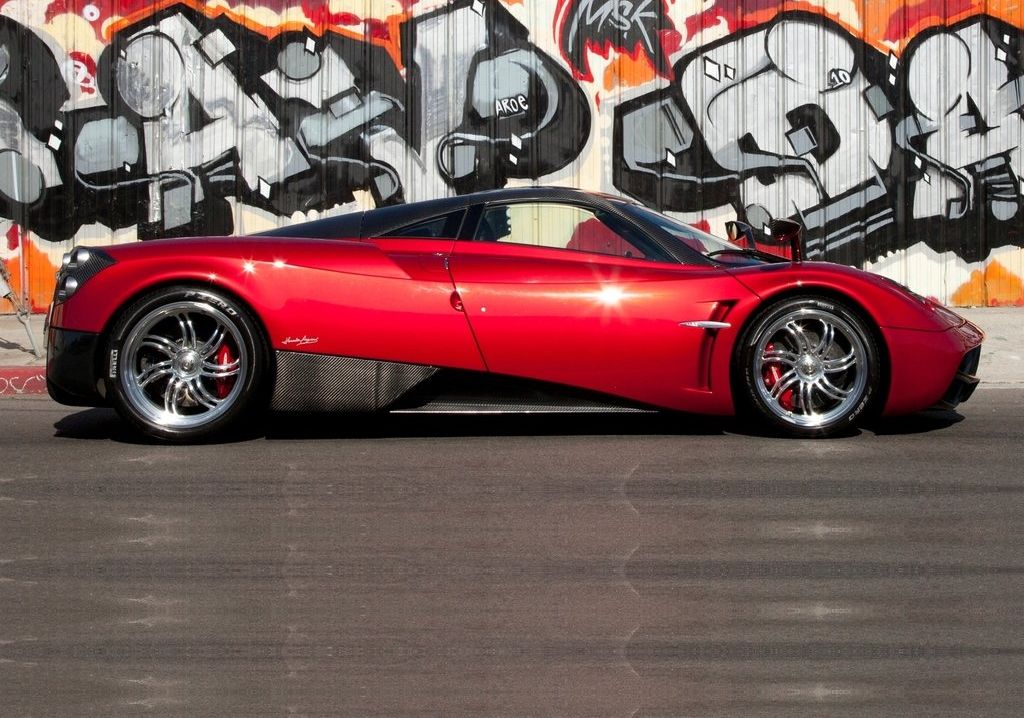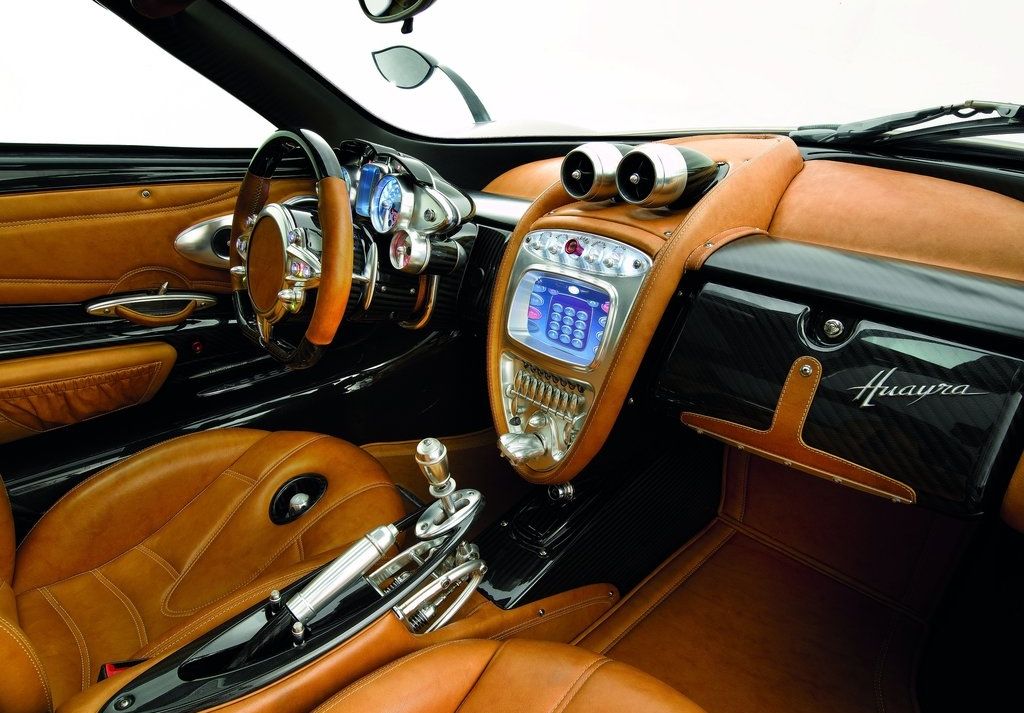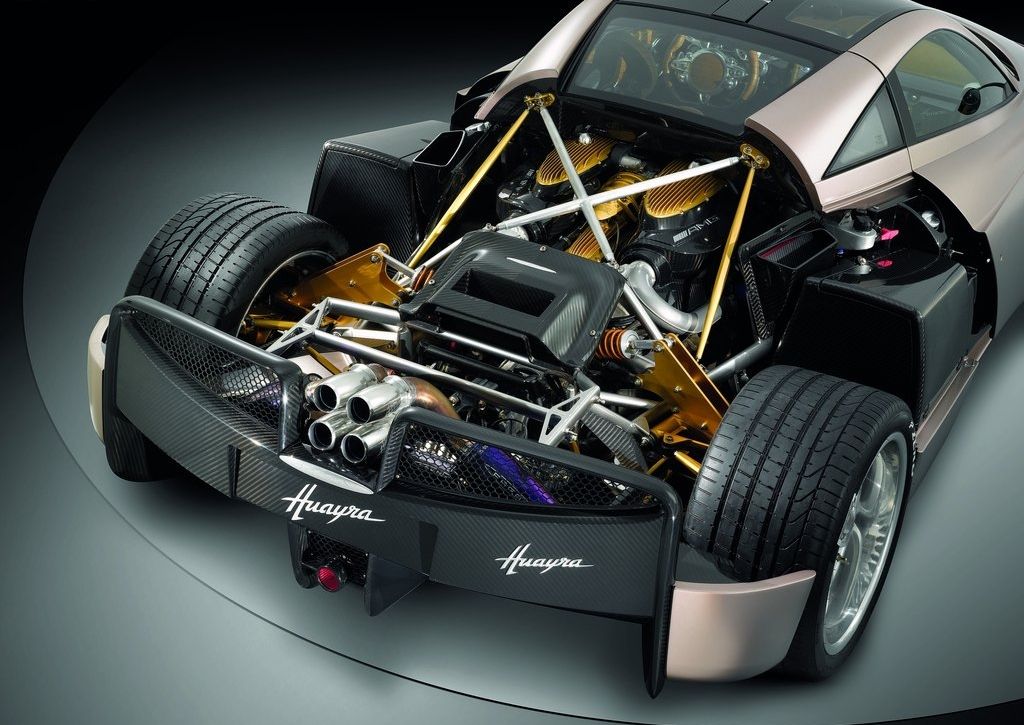Pagani is an Italian sports vehicle and carbon fiber component manufacturer. Horacio Pagani, an Argentinian, established the firm in 1992, and its quarters are based in San Cesario Sul Panaro, near Modena, Italy. Horacio, along with his team of top-notch engineers and designers, spent seven years, ten design models, five heavily camouflaged prototypes, and more than 300,000 miles testing to unleash this beast. Finally, the vehicle's name was derived from Aymara’s ancient South American culture. Huayra Tata, a wind god, was capable of lifting water, moving earth, and essentially shaping the world.
The Huayra’s delivery of electrifying power made it a one-of-a-kind sports car. Apart from the potent powertrain, the vehicle’s aerodynamic design and technologically advanced cabin make it one of the finest creations ever made.
Beautifully Engineered Aerodynamic Design
The Pagani Huayra was constructed around a carbon-titanium monocoque engineered to exceed all expectations. Its innovative composite bodywork was intended to function as an active wing. To help with this function, an independently adjustable computer-controlled flap at each corner automatically responded to altering dynamic conditions by raising or lowering the car's ride height, which improved the angle of attack and thus assured the lowest aero drag and maximum useful downforce.
The design and placement of the array of air intakes on the sides and top body surfaces contribute to the overall streamlining effort. The vehicle’s chassis was built with Zonda's proven chassis responsiveness, and new forged suspension components were produced from aircraft-spec materials. When compared to traditional forged aluminum components, avional alloy helped in reducing weight by 30%. The car’s bi-xenon headlights were a major contributing factor to its attractive exterior, and LED daytime running lights were also effortlessly incorporated into the design's elliptical form. The rear bumper blended with the diffuser and was dominated by an elliptical frame that wrapped the four center exhaust outlets, showing the typical Pagani styling.
Horacio Pagani's Finest Creation
Huayra's interior was as high-tech as its exterior. A central console machined from a single aluminum block in the cockpit houses many controls, including those for the heating and AC unit. The vehicle’s entertainment system boasted center touchscreen controls, audio features, and satellite navigation. A secondary screen was also offered, which controlled the vehicle's functionality and the Bluetooth phone. The most intricate Swiss watch designs inspired an aluminum dashboard. It included a central multi-function display that presented performance-related statistics when the sports car was set in SPORT mode and a trip computer while in COMFORT mode.
Passengers were greeted inside by the stunning gullwing doors of the Huayra, and the interior was adorned with an orchestra of leather, carbon fiber, polished metal, and stitching that was every bit as remarkable as the exterior. The steering wheel now houses all the key controls. Two jet-engine exhaust-shaped vents sit atop a middle stack that had been crafted and lined with a series of toggle switches. The door panels were a beautiful work of art with gorgeous leather pulls, aluminum inlays, and exposed carbon. The audio and navigation systems, among other things, are also controlled through a touch screen, and the gear lever on the automatic transmission was built in the shape of a manual transmission stick as a nod to the past.
The Hand Assembled 700 HP Huayra
The insane AMG-sourced V12 engine powered the Pagani Huayra. The new M158 6.0-liter was a twin-turbocharged/intercooler model with a dry-sump lubrication system and a superlight, free-flow exhaust system, which produced 700 HP and 737 lb-ft of torque. Pagani continued to outsource components of performance gearbox specialists Xtrac, who delivered a superlight seven-speed sequential automatic manual transmission. The vehicle weighed 2,973 lbs, and the light-weight enabled this marvel to be a road rocket, accelerating from 0 to 62 MPH in 3.3 seconds and exceeding a top speed of 224 MPH.
The engine's systems had been designed and tested to withstand the most extreme temperature and performance conditions. For example, the Huayra had been put through its trials in Death Valley and the Arctic Circle. The intercoolers were mounted above the cylinder heads to provide optimum cooling effectiveness, and the two lateral radiators were put in the front. Dry sump lubrication guaranteed an excellent oil flow to the engine even when the automobile was exposed to the most extreme lateral accelerations. It also controlled oil flow, ensuring that just the quantity of lubricant required is pushed into the engine from the external oil tank, decreasing friction caused by an excess of lubricant inside the engine sump.
The 2012 Pagani Huayra is one of the hottest cars ever built in automobile history. The vehicle was adorned with an amazingly innovative design with a magical, powerful engine. The intelligent and innovative technology incorporated in every segment made it a beast on the road.
Sources: Car And Driver, Motor Trend, Auto Evolution




